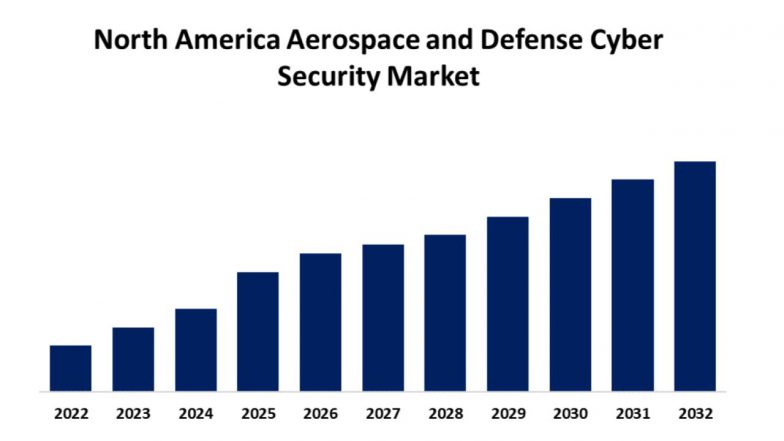Summary
Cybersecurity challenges for government and defense agencies are primarily driven by sophisticated threat actors (including nation-states), an expanding attack surface from new technologies, and persistent systemic vulnerabilities.
OnAir Post: Government and Defense Challenges
About
Government and Defense Challenges
- Nation-State Cyber Warfare and Espionage: Government and defense agencies are prime targets for foreign governments and state-affiliated actors (e.g., from Russia, China, Iran, North Korea) seeking to steal sensitive data, intellectual property, or disrupt operations. These Advanced Persistent Threats (APTs) are often stealthy and persistent.
- Supply Chain Vulnerabilities: The reliance on a complex ecosystem of third-party vendors, software, and hardware creates significant risk. A single compromised vendor can provide a backdoor into numerous government networks, as demonstrated by the SolarWinds incident.
- Ransomware and Destructive Malware: Ransomware attacks continue to evolve, with “Ransomware-as-a-Service” models making sophisticated attacks more accessible. These attacks not only encrypt data for ransom but also involve data extortion and can deploy “wiper” malware designed to destroy data and critical systems entirely.
- AI-Powered Threats and Disinformation: Adversaries are increasingly using Artificial Intelligence (AI) to automate attacks, create highly convincing social engineering campaigns (like deepfake audio/video), and spread disinformation to erode public trust or cause chaos.
- Insider Threats and Credential Misuse: Both malicious and careless insiders pose a significant risk, as they already have authorized access to sensitive systems and data. Poor credential hygiene and privilege management are common vulnerabilities that attackers exploit.
- Vulnerabilities in Outdated Legacy Systems: Many government agencies still rely on aging IT and Operational Technology (OT) systems that lack modern security controls and often go unpatched, making them easy targets for attackers.
- Cloud Security Misconfigurations: The rapid migration to cloud services has introduced new vulnerabilities, with misconfigured cloud storage, open ports, and poorly managed access permissions being common entry points for attackers.
- IoT and OT Security Risks: The proliferation of interconnected Internet of Things (IoT) devices (e.g., smart cameras, HVAC systems) and industrial control systems (OT) in critical infrastructure presents an expanding attack surface with often weak security features.
- Persistent Talent and Budget Gaps: A significant shortage of skilled cybersecurity professionals and ongoing budget constraints or uncertainties hinder agencies’ ability to implement robust, up-to-date security measures and respond effectively to incidents.
- Social Engineering and Phishing: Exploiting human error remains one of the most effective attack vectors. Advanced phishing and social engineering attacks, often enhanced by AI, trick employees into revealing sensitive information or granting unauthorized access to networks.
Source: Gemini AI Overview – 11/3/2025
Web Links
Innovations
- Zero Trust Architecture (ZTA): A security framework that assumes no user, device, or system is trusted by default, even within a secure network perimeter. Every connection is verified in real-time, which is being widely adopted and implemented in pilot programs across the DoD to reduce insider threats and limit the lateral movement of adversaries.
- Artificial Intelligence (AI) and Machine Learning (ML): AI is a critical tool for automating threat detection, analyzing large-scale data to identify anomalies, and supporting rapid decision-making during incidents. In the defense context, this extends to AI-powered warfare solutions, autonomous systems, and predictive threat analysis.
- Quantum Cryptography (and Post-Quantum Security): Leveraging the principles of quantum mechanics, quantum cryptography (or Quantum Key Distribution, QKD) promises virtually unbreakable secure communication by using photons for secure key exchange. Research and testing of NIST-approved post-quantum algorithms are ongoing to prepare for future threats posed by quantum computing.
- Cloud Security and FedRAMP Standards: The government and defense sectors are rapidly migrating to cloud infrastructure for scalability and faster application deployment. Innovations focus on secure, multi-cloud environments that meet stringent standards like FedRAMP (Federal Risk and Authorization Management Program) to protect sensitive data.
- Advanced Biometric Authentication: Beyond traditional passwords, advanced systems use biometric authentication (e.g., facial recognition, fingerprint scanning) to limit access to sensitive operational and defense systems to authorized personnel, thereby increasing security significantly.
- Supply Chain Risk Management (SCRM): Innovations focus on creating a strategic, comprehensive approach to managing risks within the complex global supply chain for hardware and software. This includes the use of digital twin technology to simulate disruptions and flag risks for microelectronics critical to defense systems.
- Software Assurance and DevSecOps: Efforts are being made to increase the security and integrity of the software supply chain through better assurance methods and the integration of security practices throughout the entire development lifecycle (DevSecOps).
- EINSTEIN Intrusion Detection/Prevention System: Managed by the Department of Homeland Security (DHS), this system of sensors and automated responses is deployed across federal networks to provide real-time situational awareness, detect, and respond to malicious traffic at network perimeters.
- Continuous Diagnostics and Mitigation (CDM) Program: This CISA-managed program provides federal agencies with tools and services to continuously monitor their network security, identifying vulnerabilities and prioritizing mitigation efforts based on risk.
- Advanced Threat Detection and Cyber Analytics Platforms: R&D efforts are focused on developing sophisticated analytics platforms that use machine learning for advanced malware analysis, enabling more proactive and active defense techniques against evolving threats


